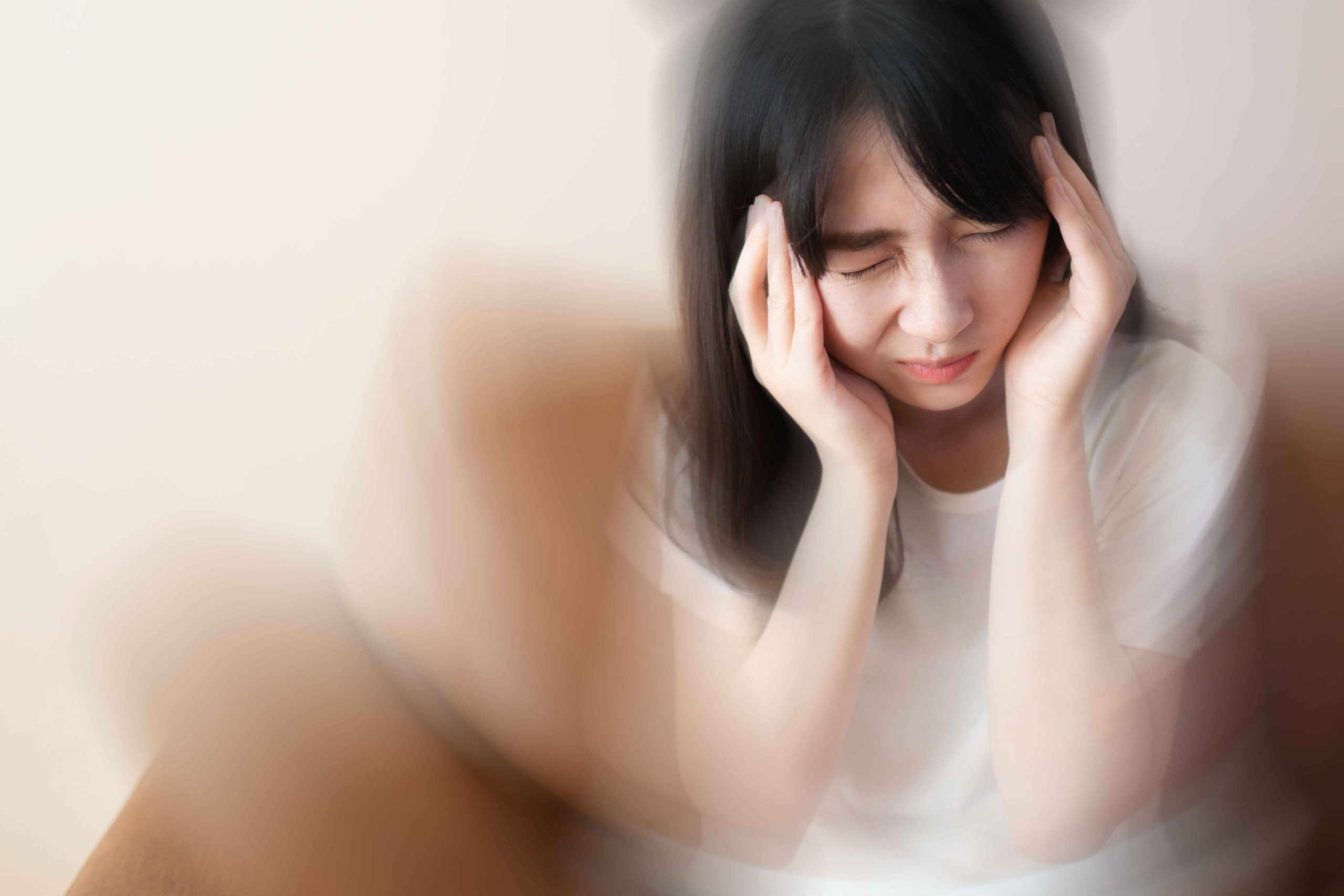
Many people describe it as a sudden spinning sensation that disrupts movement and awareness completely. This sensation is vertigo—not just dizziness, but actual spinning. It lasts from 20 minutes to several hours. People may struggle to stand or keep their balance. Nausea and vomiting often follow. These episodes can happen without warning, even during rest. Lights and sounds may worsen the experience. Once it passes, exhaustion remains. Meniere’s disease causes these vertigo attacks through inner ear dysfunction. Fluid builds up in the labyrinth, distorting signals that control balance and motion. The result is disorientation and sensory overload.
Hearing loss fluctuates, making it difficult for patients to know what’s temporary or permanent
Hearing loss fluctuates, making it difficult for patients to know what’s temporary or permanent. Early in the disease, the hearing comes and goes. Low frequencies are affected first. Sounds become muffled, and speech clarity fades. Loud environments worsen the strain. Over time, damage accumulates. Permanent loss may follow repeated episodes. One ear is usually more affected, but both can be involved. Audiograms show shifting patterns that reflect disease activity. Sudden drops in hearing often precede vertigo episodes. This cycle adds anxiety and uncertainty to daily listening. Predicting when it returns is rarely possible.
Tinnitus appears as ringing, buzzing, or roaring, even in complete silence
Tinnitus appears as ringing, buzzing, or roaring, even in complete silence. These phantom sounds are often the first sign. For some, it’s a faint background hum. For others, it’s piercing and inescapable. The pitch and volume vary, sometimes matching changes in ear pressure. Unlike external sounds, tinnitus can’t be stopped by covering the ear. Sleep becomes difficult. Concentration suffers. Stress amplifies it. People often isolate themselves to cope. Tinnitus in Meniere’s stems from irregular fluid pressure disrupting hair cells. It’s not imagined—it’s internal noise from damaged processing.
A sense of fullness or pressure in the affected ear often builds before vertigo strikes
A sense of fullness or pressure in the affected ear often builds before vertigo strikes. This pressure feels like the ear is blocked or underwater. It may pulse or shift. No amount of yawning or swallowing relieves it. Many patients mistake it for congestion or sinus trouble. But in Meniere’s, the cause is fluid imbalance. Endolymph builds in the inner ear, stretching the membranes. This pressure interferes with hearing and balance signals. Relief may come after the episode, when the pressure seems to drain. But it always returns. It’s a warning more than a symptom.
Triggers vary widely, from stress and diet to changes in weather or hormone levels
Triggers vary widely, from stress and diet to changes in weather or hormone levels. Some people notice patterns: episodes after salty meals, caffeine, or lack of sleep. Others can’t find a clear cause. Barometric pressure shifts may provoke attacks. Menstrual cycles can alter inner ear fluid regulation. Emotional stress consistently worsens outcomes. Identifying triggers takes months of tracking. Even then, control remains partial. The unpredictability disrupts routines. Avoiding known triggers helps, but complete prevention is rare. Each person develops a unique profile of what to manage or minimize.
Diagnosis relies on clinical history, hearing tests, and ruling out other vestibular disorders
Diagnosis relies on clinical history, hearing tests, and ruling out other vestibular disorders. No single test confirms Meniere’s. Doctors look for the triad: vertigo, hearing loss, and tinnitus. Audiometry documents hearing fluctuations. ENG or VNG evaluates balance function. MRI scans rule out tumors or central causes. Blood tests check for autoimmune or infectious contributors. Symptom diaries support the pattern. Diagnosis may take time and repeated visits. It’s a diagnosis of exclusion—what it isn’t matters as much as what it is. Once other causes are ruled out, treatment can begin.
Low-sodium diets and diuretics are often the first line of defense in managing fluid balance
Low-sodium diets and diuretics are often the first line of defense in managing fluid balance. Salt reduction lowers water retention throughout the body, including the inner ear. Diuretics help remove excess fluid via the kidneys. Together, they reduce endolymph buildup. Patients track daily intake and weight. Small improvements can reduce vertigo frequency. These changes must be consistent. Even one high-salt meal may trigger symptoms. Medication adjustments follow based on response. Other options include vestibular suppressants during attacks. But diet remains the daily foundation of control.
Vestibular rehabilitation helps train the brain to adapt to unsteady signals from the damaged ear
Vestibular rehabilitation helps train the brain to adapt to unsteady signals from the damaged ear. Therapy includes balance exercises, gaze stability drills, and postural retraining. These exercises don’t fix the inner ear—they help the brain rely more on vision and proprioception. Over time, this compensatory system reduces falls and restores confidence. It works best between attacks, not during them. Some patients regain walking stability after months. Others reduce their vertigo intensity. Progress is gradual but empowering. Physical therapy specialists guide the process based on personal tolerance.
Injections and surgery are considered when episodes become too frequent or disabling
Injections and surgery are considered when episodes become too frequent or disabling. Gentamicin can be injected into the middle ear to disable balance cells. This stops vertigo but risks hearing. Steroid injections aim to reduce inflammation without harming hearing. Endolymphatic sac decompression relieves fluid pressure surgically. Vestibular nerve section cuts the signal completely, preserving hearing but requiring brain surgery. Labyrinthectomy removes the inner ear, ending all function. These options are last resorts. They carry risks, but for some, they restore function when nothing else does. The decision is deeply personal.
Emotional support and counseling matter as much as physical treatment in long-term management
Emotional support and counseling matter as much as physical treatment in long-term management. Living with unpredictability drains resilience. Depression and anxiety rates are higher in Meniere’s patients. Fear of public episodes leads to isolation. Relationships strain under the weight of invisible symptoms. Support groups, therapy, and education reduce this burden. Patients find strength in shared experiences. Explaining the condition to others helps rebuild lost understanding. Emotional stability improves treatment compliance. Mental health is not separate—it’s a core part of symptom control. Healing begins with being heard.
